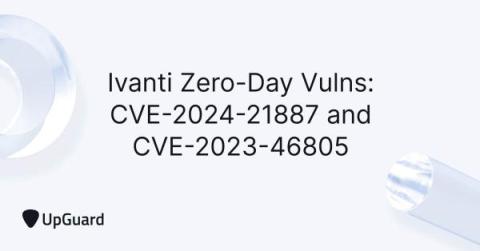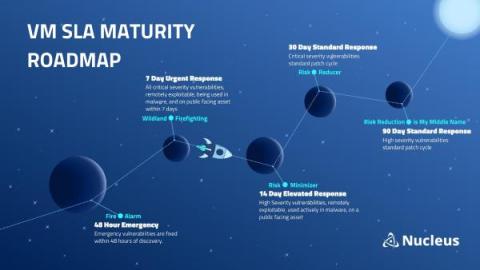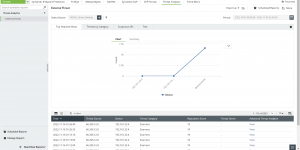Security | Threat Detection | Cyberattacks | DevSecOps | Compliance
Vulnerability
Threat Intelligence Research
As part of our effort to make the world safer, SecurityScorecard has been tracking threat actor groups conducting cyberattacks on behalf of nation states.
How to Adapt Vulnerability Management Service Level Agreements (SLAs) to Team Maturity
Security warning! All of us are victims of open-source vulnerabilities
Picture this: A user on your network casually explores the internet and scrolls through a website’s comment section. However, a lurking threat known as cross-site scripting (XSS) is poised to exploit vulnerabilities and steal their session cookies, which includes sensitive data such as their logon credentials. But how does this nefarious scheme unfold, and what other open-source vulnerabilities could be exploited in the process?
Mastering Python virtual environments: A complete guide to venv, Docker, and securing your code
Python, as a versatile and widely used programming language, has an extensive ecosystem of modules and packages. As you navigate this ecosystem, it's important to understand the role of virtual environments. In this article, we will delve into what virtual environments are, why developers need them, and some common tools for creating Python virtual environments.
GitLab Vulnerabilities And Security Incidents: 2023 In Review
CVE-2023-39336: Remote Code Execution Vulnerability Found in Ivanti EPM
Ivanti released a patch for a critical vulnerability discovered in Ivanti Endpoint Manager (EPM) that could allow for remote code execution (RCE). This vulnerability is being tracked as CVE-2023-39336 with a CVSS score of 9.6 (Critical), which is not yet actively exploited. All versions of Ivanti EPM prior to Service Update 5 are impacted. Ivanti credits security researcher hir0t for the responsible disclosure.
CVE-2023-39336: SQL Injection Vulnerability in Ivanti Endpoint Manager
How to choose a security tool for your AI-generated code
“Not another AI tool!” Yes, we hear you. Nevertheless, AI is here to stay and generative AI coding tools, in particular, are causing a headache for security leaders. We discussed why recently in our Why you need a security companion for AI-generated code post. Purchasing a new security tool to secure generative AI code is a weighty consideration. It needs to serve both the needs of your security team and those of your developers, and it needs to have a roadmap to avoid obsolescence.











